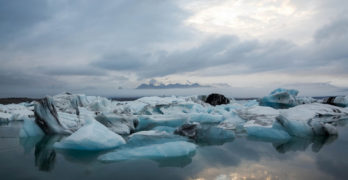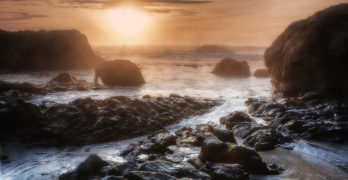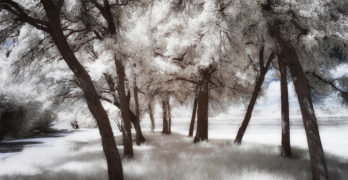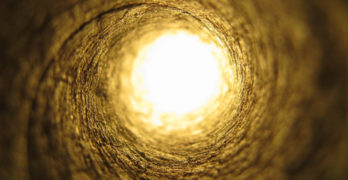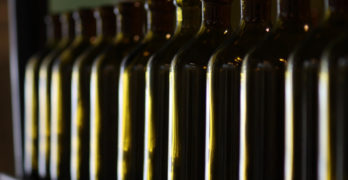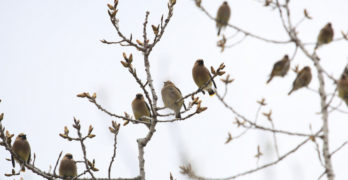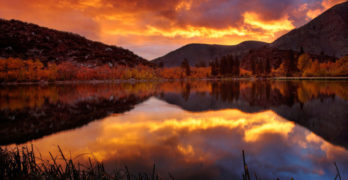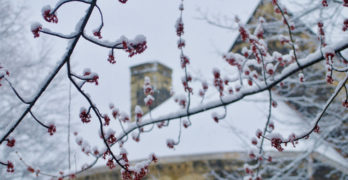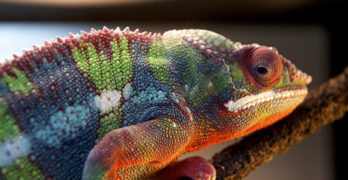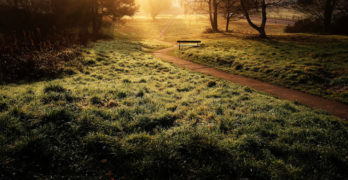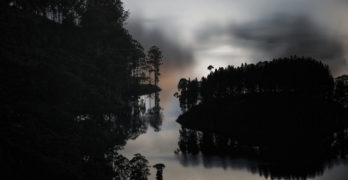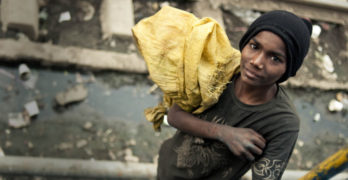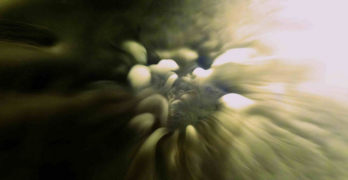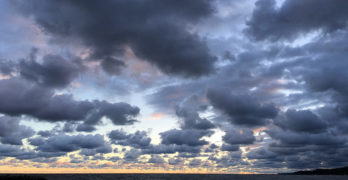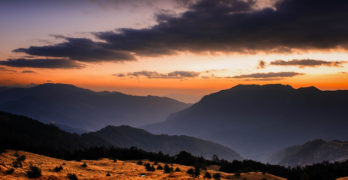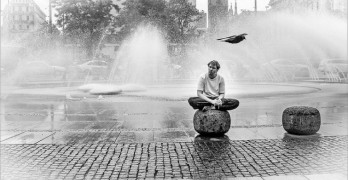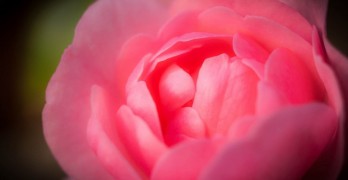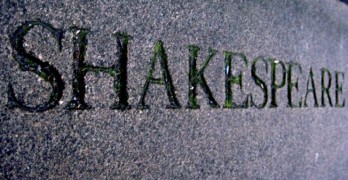The gothic novel “Frankenstein” by Mary Shelley is 200 years old this year, and its core concern about the unintended consequences of science still apply.
Alan Seeger: The American Poet in World War I
One of the most famous poems to emerge from World War I was written by an American. Alan Seeger wrote “I Have a Rendezvous with Death” shortly before he died.
“The Old Curiosity Shop:” Charles Dickens and a Road Trip!
“The Old Curiosity Shop” by Charles Dickens, with some of the author’s most memorable characters, isn’t about a shop at all — it’s about a road trip.
Shakespeare (via Ian Doescher) Does Star Wars
Writer Ian Doescher has taken the stories of “Star Wars” and applied Shakespeare to them, as in “The Empire Striketh Back.”
Children’s Book Club: “Roxaboxen”
Join our Children’s Book Club as we read “Roxaboxen” by Alice McLerran with Megan Willome as our guide.
Novel, Poetry, Both? Max Porter and “Grief Is the Thing with Feathers”
“Grief Is the Thing with Feathers” by British author Max Porter is officially a novel, but it could also be poetry, or something else. And it’s wonderful.
What Made 1922 a Literary Watershed Year?
In 1922, everything changed in literature, as James Joyce’s “Ulysses” and T.S. Eliot’s “The Waste Land” brought modernism to fiction and poetry.
The Strangeness of “A Tale of Two Cities” by Charles Dickens
“A Tale of Two Cities” by Charles Dickens, one of the most quoted works of English literature, continues to speak to the human condition.
Of Color, Beauty, the Alphabet, and Fun: “A is for Azure”
“A is for Azure,” written by L.L. Barkat and illustrated by Donna Falcone, is a book about color, the alphabet, and literacy. It’s also full of childlike wonder.
“Housman Country: Into the Heart of England”
Peter Parker, in “Housman Country: Into the Heart of England,” explains why “A Shropshire Lad” became one of the most popular poetry books of the 20th century.
Tales of the First Age: “Beren and Luthien” by J.R.R. Tolkien
“Beren and Luthien” by J.R.R. Tolkien is the latest story edited by his son and literary executor Christopher Tolkien, and one of the earliest he wrote.
“The Whole Harmonium: The Life of Wallace Stevens” by Paul Mariani
In “The Whole Harmonium,” biographer and poet Paul Mariani tells the story of Wallace Stevens, poet, philosopher, insurance executive, and family man.
The Surprise of “Oliver Twist” by Charles Dickens
Surprisingly, “Oliver Twist” by Charles Dickens isn’t one of his best works, but it contains elements of the genius for which he’d become famous.
“Guilty Thing: A Life of Thomas De Quincey” by Frances Wilson
“Guilty Thing: The Life of Thomas De Quincey” by Frances Wilson details the life of the writer who had, and still has, a major influence on literature.
“Mariner: A Voyage with Samuel Taylor Coleridge” by Malcolm Guite
In “Mariner: A Voyage with Samuel Taylor Coleridge,” Malcolm Guite tells the story of the poet’s life through the words and themes of his most famous poem.
“The Children of Hurin” and “The Lay of Aotrou & Itroun” by J.R.R. Tolkien
Before “The Hobbit” and “The Lord of the Rings,” there were “The Children of Hurin” and “The Lay of Aotrou & Itroun” by J.R.R. Tolkien.
Poets and Poems: Yahia Lababidi and “Balancing Acts”
Egyptian-American poet and writer Yahia Lababidi is in love with words. That sounds like a trite thing to say – shouldn’t most poets be in love with words?
“Poetry: A Survivor’s Guide” by Mark Yakich
Poet and teacher Mark Yakich takes a serious and irreverent look at reading and writing poetry in “Poetry: A Survivor’s Guide.”
“The Joy of Poetry” by Megan Willome
“The Joy of Poetry” by Megan Willome tells the story of her mother and herself, what poetry can do in a person’s life, and what it does in all of our lives.
“The Year of Lear: Shakespeare in 1606″
“The Year of Lear: Shakespeare in 1606” by James Shapiro is a masterful re-creation of a critical year in the life of William Shakespeare.
